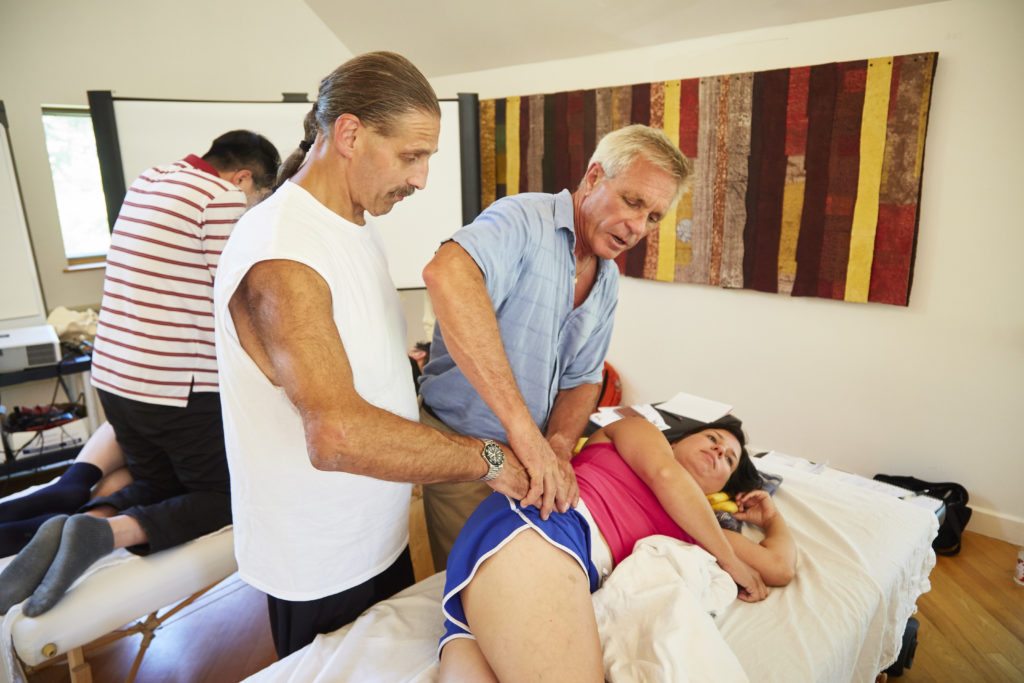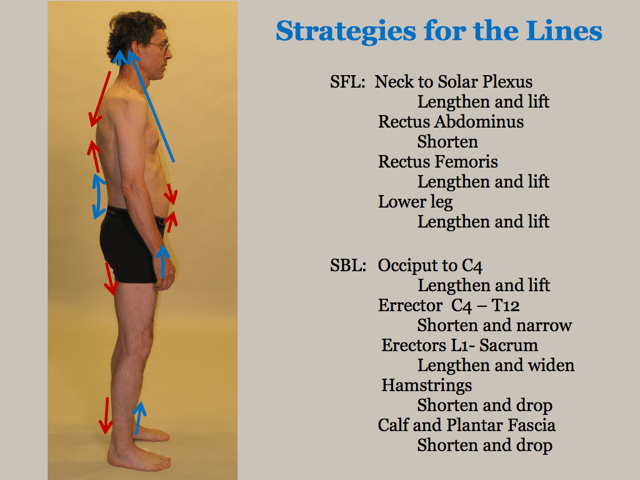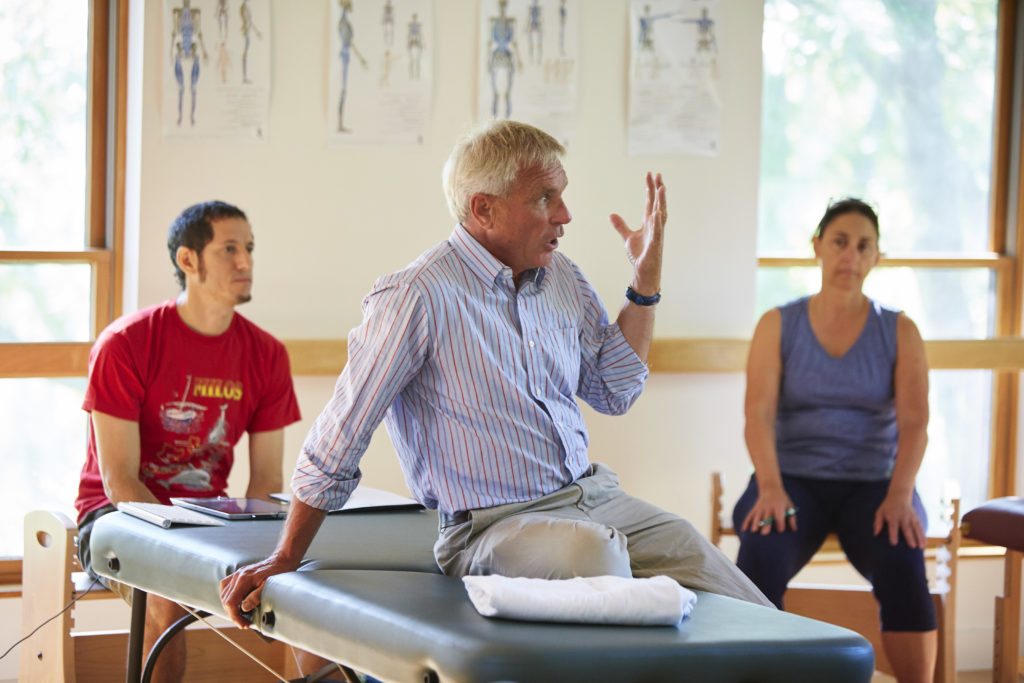A frequently-asked question from a follower about what direction to take a career change into the field of bodywork / movement and Tom’s reply.
Tom –
With absolute sincerity, thank you for your reply. I understand how busy you are and I’m truly grateful.
For some background on me: I’m 34. I have early mornings, evenings, and weekends to invest in the pursuit of my new career. I’m financially stable with current full time employment but far from wealthy.
I’m drawn to becoming a licensed massage therapist and gaining a better understanding of the body through hands-on experience working with clients then pursuing the advance modalities (AT/KMI) and therapist/corrective exercise accreditation.
I have concerns the current education options may favor making money over providing the most direct path to my goal of practical knowledge. Therefore I’d really value your input on the best/most direct way to the better life (Is avoiding a massage school an option? Is mentorship, online courses, or other forms of education a more direct/cost effective path?)
Lastly I’m noticing a growth in the ’natural’ movement/exercise realm with activities like adult gymnastics (Gymnastic Bodies, Gold Medal Bodies), American Ninja Warrior, aspects of Crossfit, rock climbing, parkour, and others becoming more mainstream. I see potential in pairing body work with progressions/regressions of body weight exercise/movement as a form of therapy. I’d value your input on this as well.
Again, thank you for your time.
Tom says:
Online courses can fill in your book larnin’ some, but this is best thought of as entering a medieval guild. Apprenticeship is its best model.

There are a number of good practitioners in my realm – hell, in any realm – in NYC, and you are best served by first getting sessions from them, then working with them on clients, then working on them (in an order determined individually). This is the most efficient means to gain the craft.
Then comes a period of intensive training, which you would do in our ATSI program or similar, where you get the science and the context, as well as more craft.

Then you go out and work on both the art and the practicalities of working with real clients (which you can in NY as an SI practitioner, without going through their rather punishing massage requirements), which may involve an internal readjustment – it’s a very intimate process and the construction of good boundaries and energy management is a significant issue for some, easy for others.
Then you return periodically for intensive training in the modality of your choice. Everybody mixes and matches, but people who try to mix too many things more often end up with dishwater than soup. Rare is the great synthesist and they often cannot teach what they do. Go for depth in one thing – the centre of your gyroscope – and become familiar with many more in the whirling 360 degree ring of this professional world.

You have contacted someone passionately interested in marrying the manual and movement realms (see my writing on ‘Spatial Medicine’ – the practitioner of the future will encompass both). I am less familiar with the best pathways in the personal training realm – it appears to me to be the welter of methods that characterise the early days of a profession. I respect all the methods you name – if I had a child in a city, I would be teaching them parkour – and there are 100 others, but few strong organising principles unite them all, ‘lore’ is prevalent, and the topology of KQ (physical intelligence) largely unmapped.
Some few of these many shoots will survive into trees that will inform the absolutely necessary and timely recognition of both touch and movement as both food and medicine. It’s going to be an exciting time building that.
Thanks and best of luck.
Tom Myers, October 2016





